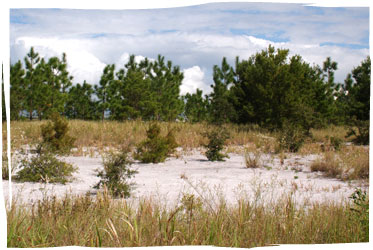Permitting Agencies

Mining companies must file federal, state, and county permits before starting on a strip-mining project.
At the federal level, the applicant must file a Section 404 Wetlands Permit, also known as a “Dredge and Fill” permit, through the Army Corps of Engineers (ACOE). This permit is required anytime dredge or fill materials are discharged into a body of water including wetlands. The applicant must provide drawings that detail the scope, size, and the location of the project in relation to wetlands, creeks, or rivers. The Army Corps of Engineers must then study the expected impacts of the operation on the area. The findings are eventually published in a draft Environmental Impact Statement (EIS) and announced to the public.
The State of Florida requires an Environmental Resource Permit (ERP) as well as a Conceptual Reclamation Plan (CRP) through the Department of Environmental Protection. An ERP details any change to wetlands or surface water flows and determines the expected impacts of the mining.
The CRP is the applicant's plan to reclaim the land after mining is complete. Florida law requires that all lands mined by the phosphate industry after 1975 must be reclaimed. The Florida Department of Environmental Protection's Bureau of Mine Reclamation reviews both the ERP and the CRP.
The permitting process at the local level varies from county to county. However, most counties require some sort of master mining plan that details the what, when, where, and how of the mining operation. The county board of commissioners is normally the deciding group in this process.